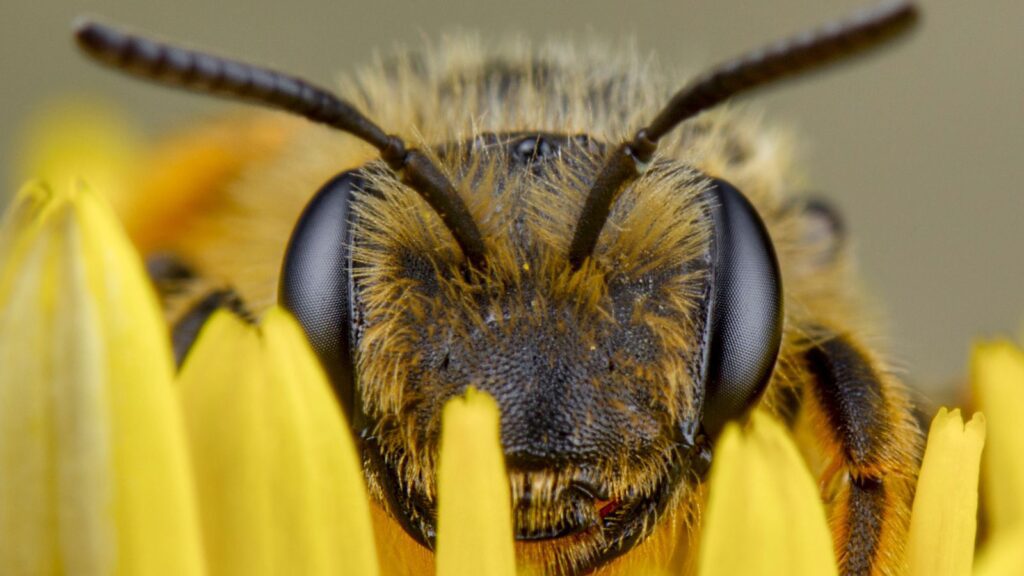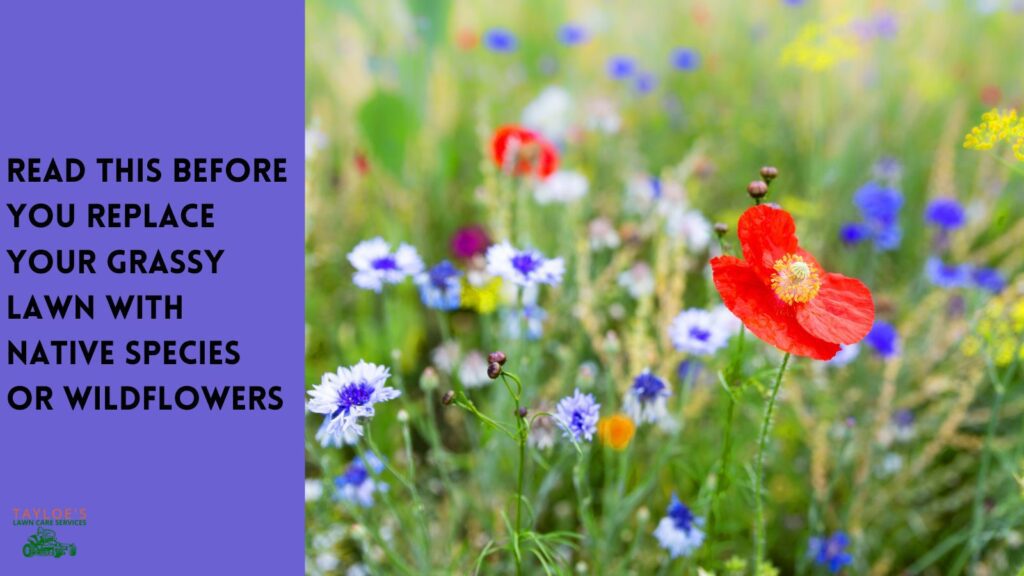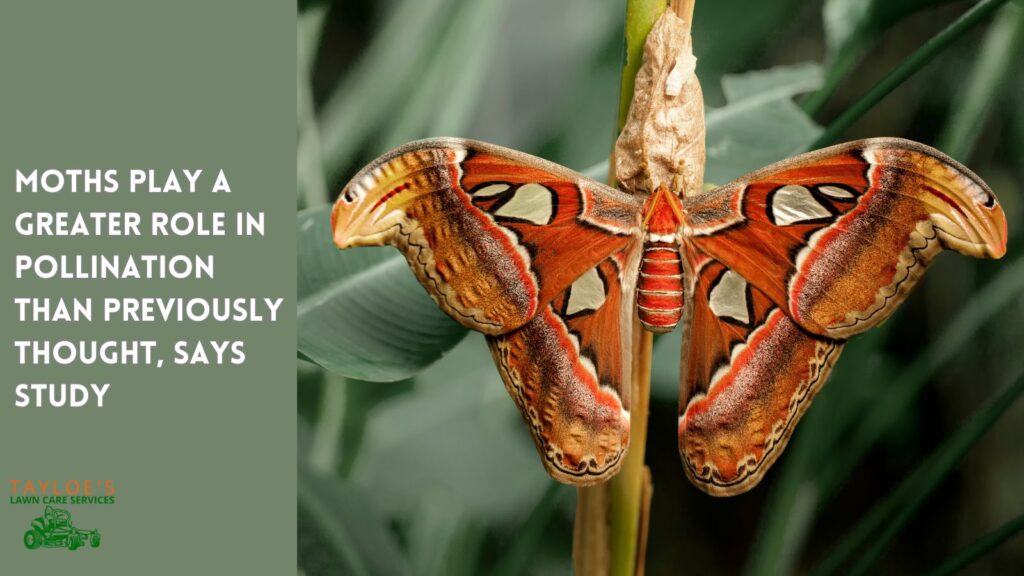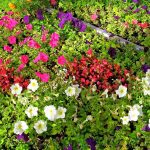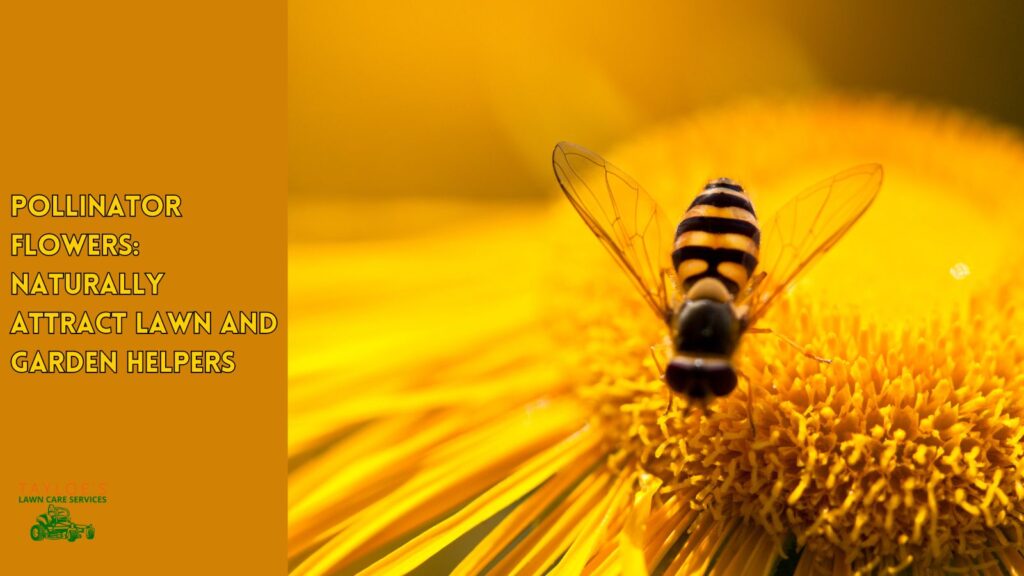Last Updated on: 11th April 2024, 07:10 am
Learn what the buzz is all about.
Have you ever glanced at your thriving garden and wondered, “What’s the secret behind all this wonder?” You know the basics—bees buzz around, and suddenly, flowers are everywhere. But when it comes to the actual science, things get a bit blurry.
If you’ve ever thought, “Bees are vital, sure, but what really happens to keep my garden so vibrant?”
You’re not just after some fun facts to toss around; you’re yearning for the meat of the matter.
How do bees transform your garden from just okay to utterly splendid? That burning curiosity? It’s about to be quenched.
We’re peeling back the layers of pollination, breaking down the science in a way that keeps you hooked, not yawning. No unnecessary fluff—just the essentials.
Ready to crack the code of your garden’s vitality? Let’s begin.
Diving into the Buzz: The Basics of Bee Pollination
Picture a bee, its legs dusted with pollen like a baker’s hands coated in flour, darting from flower to flower. This isn’t just a casual visit; it’s a critical dance of nature.
In simple terms, pollination is how plants reproduce, and bees are the matchmakers.
But here’s the twist: it’s not just about the birds and the bees; it’s mostly just the bees. And not just any insect family—we’re talking about a whole cast of characters from honeybees to the unsung heroes like mason bees and bumblebees, each playing a unique role in this process.
Recognizing the variety among these pollinators leads us to wonder: what common thread ties these diverse species together in the pollination process?
The answer lies within their anatomy, ingeniously designed for the very task of pollination.
The Bee’s Knees: Anatomy Engineered for Nature’s Masterpiece
The bee’s body is at the heart of bee pollination, designed perfectly for its role in nature’s lifecycle.
These insects have hair-covered bodies, including their legs, equipped with structures called scopae or pollen baskets. These hairs are electrostatically charged, making them pollen magnets as bees move among flowers.
When a bee lands on a flower, its mission is twofold: it seeks nectar for energy and pollen for nutrients.
Its interaction with the stamens, the pollen-producing parts of the flower, is not by chance. As it brushes against them, pollen grains adhere to its body, sticking to the charged hairs.
Yet, bees actively collect pollen through a remarkable behavior known as “buzz pollination.” Bees generate a high-frequency buzz by vibrating their flight muscles while keeping their wings still, shaking loose pollen grains that cling to their bodies.
This vibratory gift of buzz pollination showcases just one of the many marvels bees have evolved to fulfill their pivotal role in nature. However, the story of pollination doesn’t end with pollen sticking to a bee.
The journey of these pollen grains is a testament to the symbiotic relationships that sustain ecosystems.
From Bee to Bloom: The Vibrant Journey of Pollen
Once the insect is laden with pollen, its next visit to a flower brings the opportunity for cross-pollination. As the bee seeks more nectar, it brushes against the pistil of another flower, depositing pollen on the stigma.
This is where the wonder happens.
The pollen, now in a new home, can germinate. It sends down a tube through the pistil to the ovary, where fertilization occurs, eventually producing seeds.
But this incredible process isn’t just about creating seeds; it ensures the diversity and resilience of plant species.
Cross-pollination brings together genetic material from different plants, enhancing the strength and vitality of the next generation. It’s nature’s way of mixing the genetic deck, leading to plants that can better withstand environmental stresses and pests.
Harmony in Bloom: A Mutualistic Symphony
The pollination process is a classic example of mutualism at work.
Flowers aren’t just passive participants but active lures, drawing in bees with the promise of nectar and pollen. In return, bees provide the essential service of pollination, ensuring the plants’ reproductive success.
It’s a symbiotic relationship that has evolved over millions of years, each party benefiting from the other’s existence.
Beyond the Hive: The Importance of Bee Diversity
While honeybees often steal the spotlight in discussions about pollination, the ecosystem’s health depends on the diversity of bee species. Each species, from the mighty bumblebees to the solitary mason bees, has its own unique role.
Bumblebees, with their ability to perform buzz pollination, are vital for the reproduction of certain crops and wildflowers. Mason bees, known for their efficiency, can pollinate far more flowers in a single day than their honeybee cousins.
This diversity among the many species is crucial for environmental resilience.
Different bees are active at different times of the year, pollinate different plants, and even prefer different weather conditions. This ensures a steady and diverse flow of pollination services throughout the growing season, supporting a wide range of plant species and contributing to the overall health of our ecosystems.
Now I know what you’re thinking…
“How on earth can I keep these industrious pollinators in my yard throughout the year?”
Crafting a Sanctuary: Turn Your Garden into a Bee Paradise
Ensuring a year-round haven for these indispensable pollinators is both achievable and rewarding.
By adopting a few simple practices, you can transform your garden into a sanctuary that supports and nurtures bee populations throughout the seasons.
Here’s how:
Plant Bee “Boutique” Hotels
Instead of the usual bee hotels, think outside the box. Create tiny, bee-friendly “boutique hotels” by drilling various-sized holes into logs or untreated wood blocks.
Position them around your garden at different heights and angles to mimic their natural habitats. This unconventional approach provides nesting sites and adds a quirky charm to your garden.
Serve Up a Bee Buffet
Go beyond the typical bee-friendly plants and offer a unique menu.
Plant heirloom varieties of vegetables and flowers, or even better, rarer plants that are indigenous to your area but uncommon in gardens. This will delight the buzzing insects with a variety of nectar and pollen sources and make your garden a standout.
Watering Holes with a Twist
Bees need water, but plain old birdbaths can be boring to these little buzzers.
Create a stunning mosaic of shallow water dishes with glass beads, stones, and pebbles for bees to land on and hydrate.
Nocturnal Bee Gardens
Most gardeners focus on daytime blooms, yet planting moon gardens with night-blooming flowers can attract nocturnal bees.
Consider adding plants like evening primrose or night-scented stock to provide forage for these often-overlooked pollinators.
Lighting up your garden with soft, solar-powered lights can extend foraging hours and enhance the magical ambiance of your nighttime garden.
Embrace the Weeds
Yes, you heard that right!
Certain “weeds” like dandelions and clover are incredibly nutritious for bees. Allowing a garden patch to grow wild can create a haven with minimal effort.
This doesn’t mean letting your garden become overrun but rather designating a small, controlled area where nature can take its course.
Bee Music Therapy
While this might sound far-fetched, playing soft, soothing music near your bee-friendly plants could potentially enhance bee activity.
Research on plant growth has shown positive responses to music, and the same principle could apply to pollinators. Experiment with gentle classical or ambient sounds to create a serene environment for both you and nature.
Shattering Myths: The Truth About Bees and Gardens
As we slowly bring it to a close, it’s essential to shed light on some misconceptions and illuminate the often overlooked facets of bee pollination.
The Myths:
- Bees only need flowers: While flowers are crucial, bees’ needs extend to water, shelter, and protection from pesticides.
Your garden’s health and the variety of its offerings are what truly make it a sanctuary.
- Only honeybees matter: While honeybees are vital, the silent work of countless other bee species is equally crucial for pollination.
Each bee species plays a unique role in the ecosystem, contributing to the diversity and resilience of plant life.
- Bee-friendly gardens are high maintenance: On the contrary, many native plants require less care than their non-native counterparts and are better suited for supporting local bee populations.
Untold Facts About Bees:
- Bee Communication: They communicate through dances, vibrations, and chemical signals to share information about food sources.
This complex communication system is essential for the efficiency and success of their pollination efforts.
- Selective Pollination: These insects are selective; they choose flowers that offer the most nutritional value or require specific pollination techniques, such as buzz pollination.
This selectivity ensures that plants with the highest chances of survival and reproduction are pollinated.
- Impact on Food Supply: It’s not just about flowers—your buzzing friends pollinate a significant portion of the crops that make up our food supply. Without these helpful friends, many of the fruits, vegetables, and nuts we take for granted would be scarce or altogether unavailable.
Now you know the remarkable journey of pollination, the detailed dance of the insect that breathes life into your garden.
Attracting Bees is Easy with These Tips
You might have started this journey with a simple curiosity, a tiny seed of wonder about the buzz and flutter in your garden. Maybe it was over a cup of coffee, eyes wandering to the dance of bees among flowers, that you pondered, “Is there more to this?” You’re not merely observing; you’re connecting, feeling the pulse of life right in your backyard.
So, here’s the thing—this isn’t just science. It’s not just about bees doing their thing. Instead, it’s about your garden thriving because you cared to understand, to lean in closer. It’s about the silent thank you from every petal and leaf because, in knowing more, you’ve become part of their world.
You’ve got the power now, the knowledge to make a difference. Each choice, each plant, and every drop of water you provide becomes a note in the symphony of your garden. You’re not just growing plants; you’re cultivating life, creating a haven not just for bees but for you, too.
And let’s not forget the bigger picture—the one that extends beyond your garden gate. You’re contributing to a world where bees can thrive, where crops flourish, and where nature sings a little louder because of gardeners like you. It’s a ripple effect, starting with a single bee visit, echoing out to fields and forests, touching lives in ways we can only imagine.
So, go on. Let your garden be the stage, the bees your performers, and your heart the audience. Applaud their efforts, for in doing so, you’re not just witnessing a wonder—you’re making it happen.
Author Profile

- Maureen Abuor
- Maureen Abuor is a professional content marketing strategist and SEO strategist, with particular knowlege of creating landscaping and gardening content that informs and delights her audience. When she's not working, she's a busy mother of three precious little ones and child of God.
Latest entries
 Lawn CareApril 29, 2025Best shady area grass seed for Eastern NC
Lawn CareApril 29, 2025Best shady area grass seed for Eastern NC GardeningApril 15, 2025How do I make organic soil for the garden?
GardeningApril 15, 2025How do I make organic soil for the garden? Flower GardenMarch 7, 2025What are wave petunias?
Flower GardenMarch 7, 2025What are wave petunias? Flower GardenMarch 3, 202520 Full-sun annuals for your spring and summer garden
Flower GardenMarch 3, 202520 Full-sun annuals for your spring and summer garden

